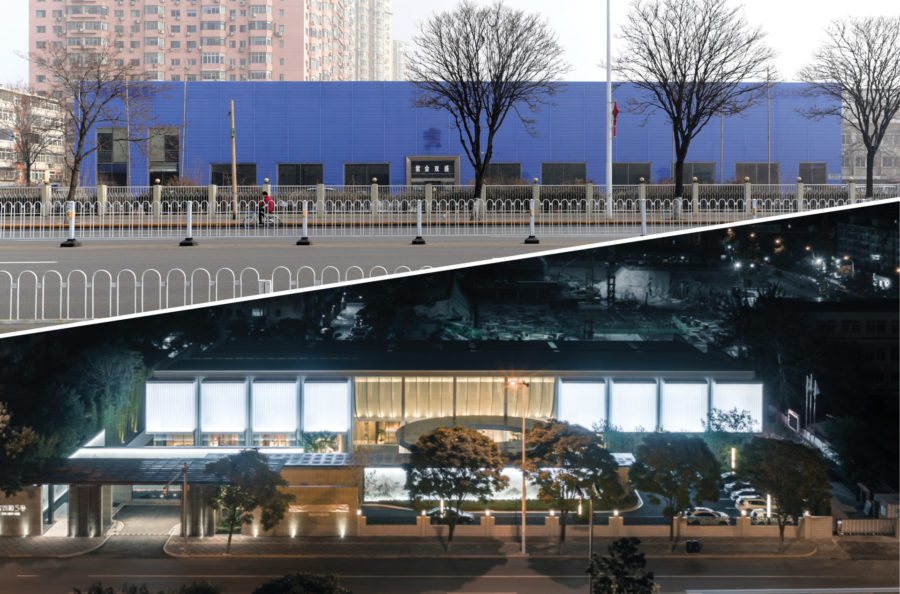Insights
Jan 11, 2022 _ insights
Six Strategies for Giving New Life to Ghost Retail Buildings
Big-box retail is everywhere. Evolving shopping practices, the ever-changing model of development for these spaces, and the economic impact of the COVID-19 pandemic have left many large buildings sitting vacant. In 2020, more than 12,200 major retail store locations permanently closed. This translates into 159 million square feet of empty retail space across the United States today.
These empty sites pose challenges for communities and developers who wish to give them new life and purpose. Designed for a retail experience, these big box stores have large open plans that sit on expansive parking, which separates them and their patrons from the street. The nature of the building and site offer potential for re-invention. There is a tremendous opportunity to repurposing these “ghost stores” from taking advantage of the embodied carbon of the site to increased economic incentive for communities.
There are many design interventions that can help transform these properties.
Here are six to consider:
- Elevate the façade design
Too often, retail buildings rely only on signage to reinforce their brands. Elevating the exterior’s appearance with a new façade is an important step towards changing the image of the building. Transforming the face of the building helps transform public perception and position the building for a new narrative about its place in the community.

- Create more openings in the exterior to increase daylighting
Big-box retail buildings are often constructed of concrete masonry load bearing walls, which can create challenges for modifying the façade. The deep footprint of these buildings makes bringing in daylight essential to improve the experience of being inside. Increasing openings in the exterior envelope brings in additional natural light and provides opportunities for views along the perimeter of the building. “Carving” into the massing of the building by removing larger portions of structural elements and adding skylights in the roof can bring light deeper into the heart of the bulding, activating spaces where people feel comfortable and are likely to gather.


- Engage with the outdoors by reducing parking and adding landscaping
Big-box retail sites are surrounded by a sea of parking that can make them feel remote and disconnected from our everyday lives. This sense of isolation can impact our sense of community and accessibility. By reducing the amount of parking, adding landscaping, or even developing these sites with additional buildings, the site becomes more approachable and welcoming.
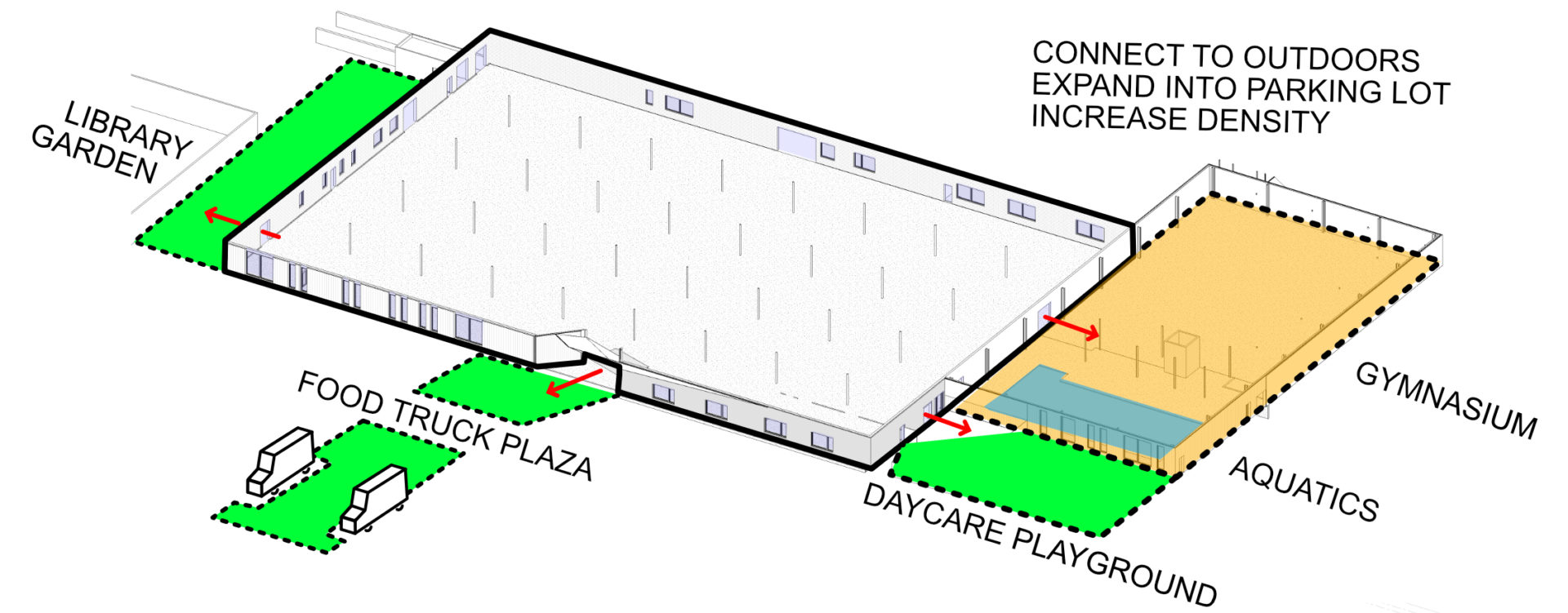
- Reconfigure the building to support multiple tenants
Big-box retail buildings are built to house a single tenant under one roof. However, the large footprint of these buildings is ripe for subdivision into multiple smaller spaces, which are better suited to today’s needs. The shift from retail means that these spaces can easily be repurposed into offices, restaurants, civic, and other uses that better serve the community. One strategy is to create an interior “main street” or “town square” inside the building to give frontage to multiple spaces. Creating an interior space that makes a combination of tenants accessible encourages patrons to stay longer—think of it as a “micro-mall.” Another strategy is to modify the exterior building envelope to have multiple new entrances to tenant spaces. The example below shows a town square concept.

- Capitalize on the high spaces inside the building
The high ceilings of big-box retail buildings create opportunities to add mezzanines and floor levels inside the building to further maximize the amount of usable area under one roof. The columns can typically take the load of one extra floor. However, this type of intervention will bring with it the need for passenger elevators, stairs, and additional restrooms.

- Use the roof to boost energy efficiency
A large roof is an opportunity to implement sustainable strategies that go beyond the reuse of embodied carbon in the existing building. It can become an energy generator by adding an array of photovoltaic cells to generate electricity for the building’s use. Aside from enhancing the experience of the space inside by filtering daylight into the building through added skylights and courtyards, the roof can also capture rainwater for reuse in restrooms or planting areas.

The most sustainable building is the one that’s already built; there is great potential for re-invention of these building types. There are challenges, such as the need for improved energy performance and modified MEP systems, but there are even greater rewards for the community in the form of new amenities and catalyzing new growth.
Here are a few examples of how we’re implementing these strategies on our own work:

Lake West 5 Exhibit Hall – Reconversion of a car dealership into a real-estate exhibit hall. (Tianjin, China). Increasing openings in the exterior increases daylight into the building and bolsters its nighttime presence. Learn more.

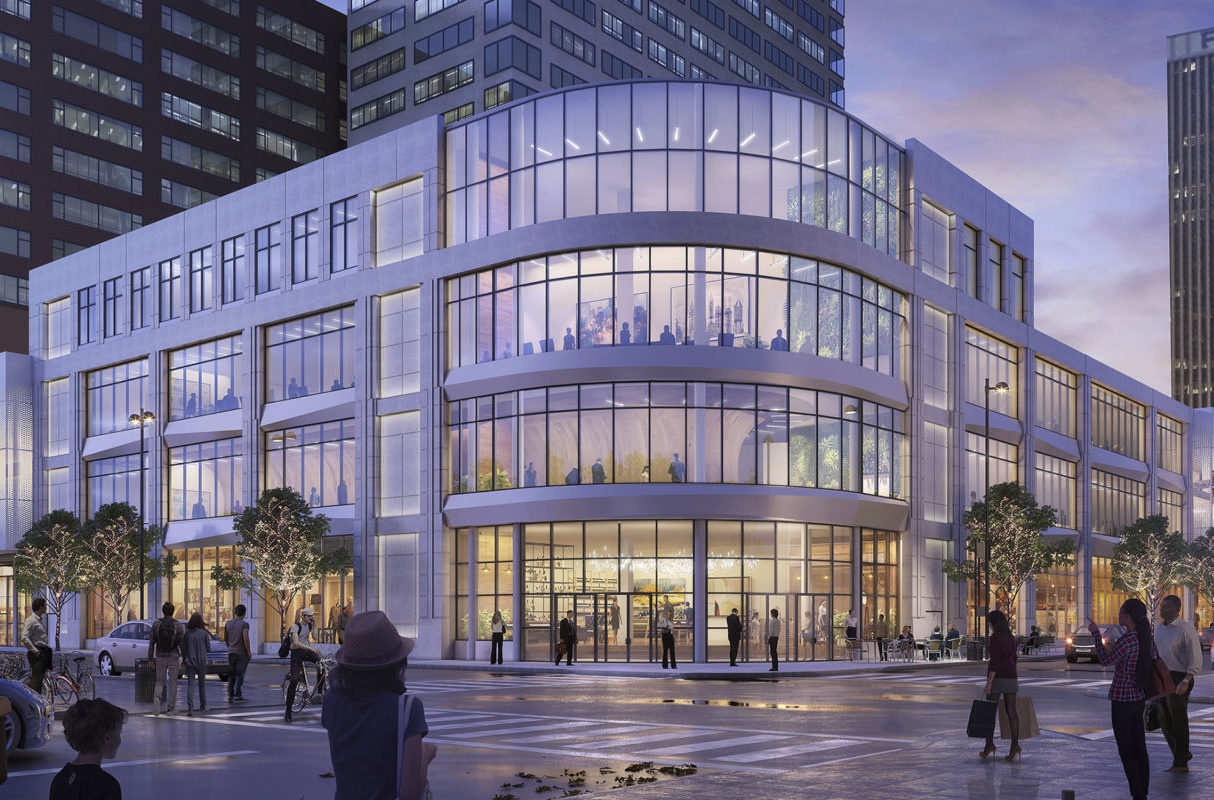
The Foundry – Conversion of an urban big box retail store into a mixed-use development with office tenants on the upper floors and street-facing restaurants on the first floor (Cincinnati, Ohio). Once home to a single tenant (Macy’s) the transformed building will house multiple office tenants as well as ground floor cafes. This project will also significantly increase the amount of natural light coming into the building. Learn more.
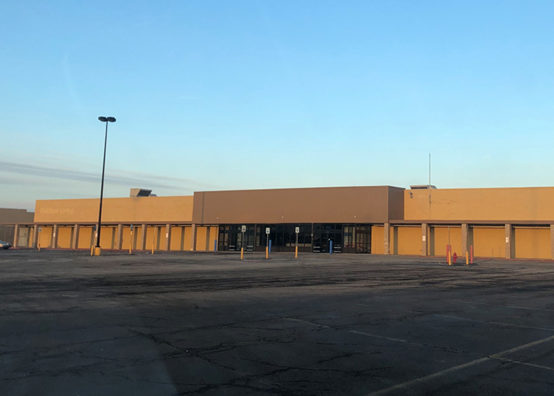
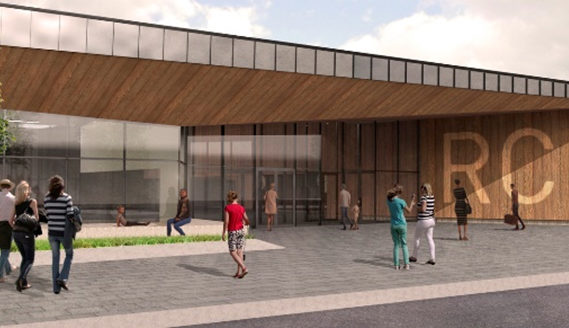
Rushville Community Center – Conversion of an abandoned Walmart to become a community center for services, including a community library, senior center, early childhood center, gymnasium & aquatics fitness, a food pantry, and government services hub center (Rushville, Indiana). Upgrading the façade helps an old building tell a new story.
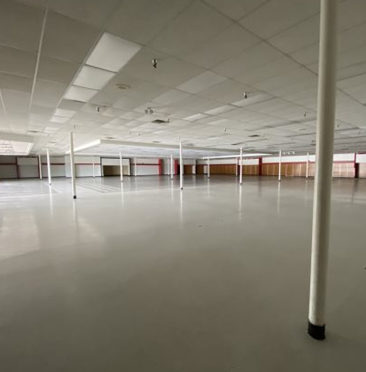
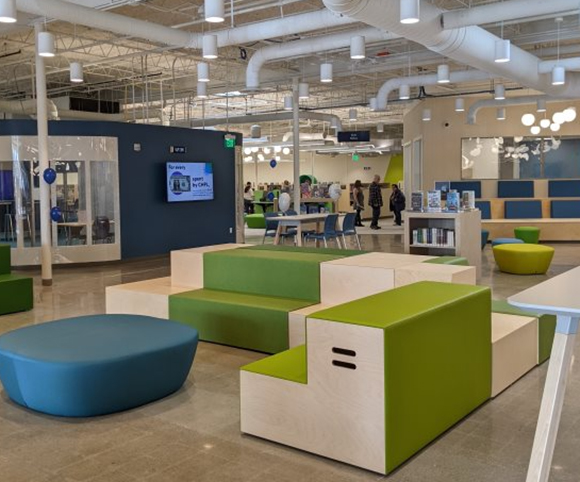
Working with the Cincinnati & Hamilton County Public Library system, we transformed a former TJ Maxx store into a vibrant new community library (Cincinnati, Ohio). The project took the large open floor plan and created different zones for both quiet and loud activities.
 Stefan Cornelis is an associate at GBBN.
Stefan Cornelis is an associate at GBBN.
Originally from Belgium, Stefan is passionate about increasing density and improving urban life in the cities of his adopted country. His recent work includes The Foundry and the Rushville Community Center, as well as the St. Vincent de Paul Don & Phyllis Neyer Outreach Center. Read his insight on equitable development in Urbanland.
 Eric Puryear, AIA is an associate at GBBN
Eric Puryear, AIA is an associate at GBBN
With an abiding interest in craft and the question of how material and form interact with light and space to affect people, Eric found a natural fit in architecture. This interest finds direct expression in his daily work as he develops initial design concepts and transforms them into buildable realities. His recent work includes The Foundry and the Rushville Community Center. His most recent presentation on repurposing retail was for the Society of Marketing Professional Services.
